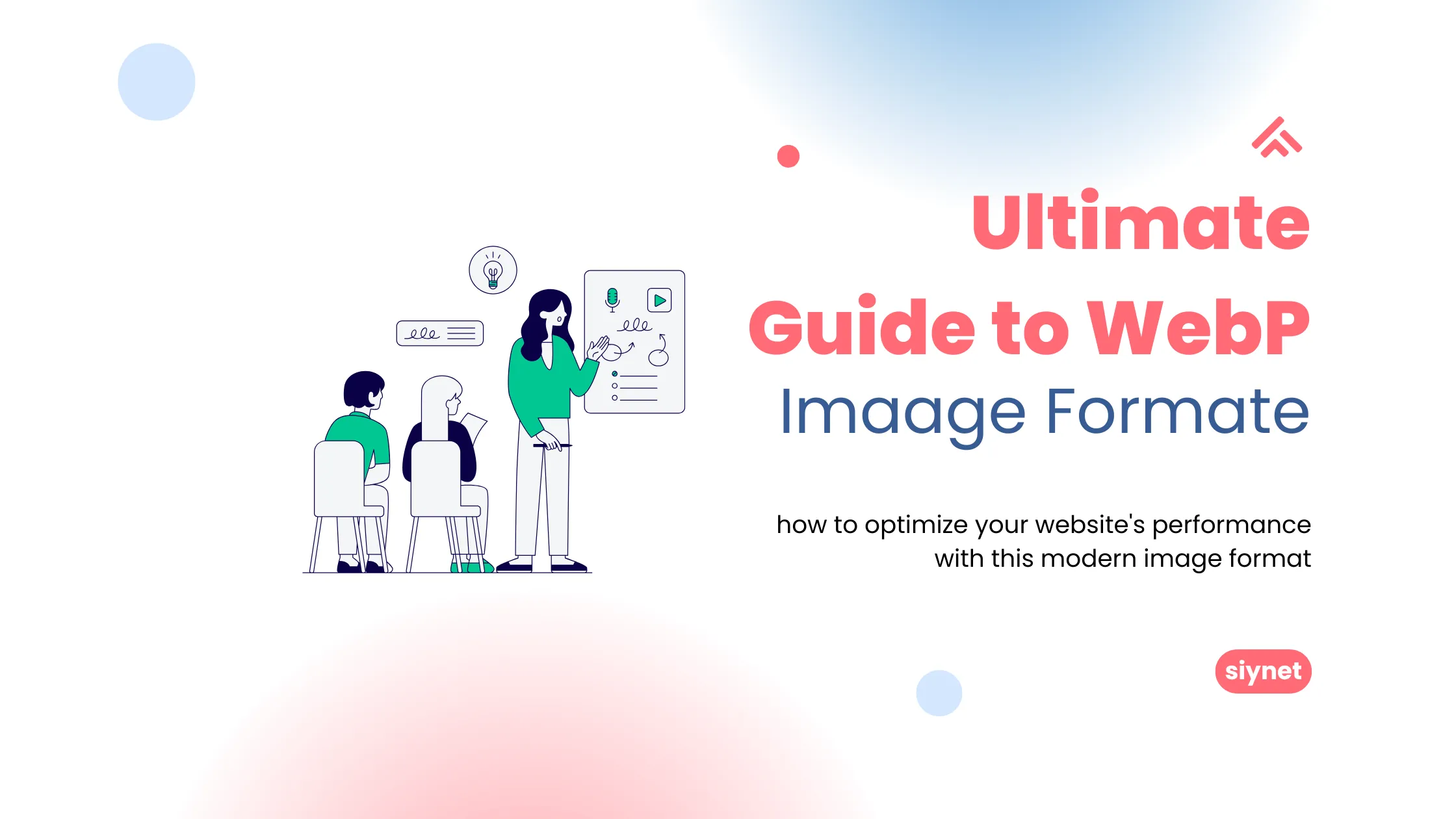
Ultimate Guide to WebP: Optimize Your Images for Speed, Quality, and SEO
In today’s fast-paced digital world, speed and performance are everything. The Ultimate Guide to WebP introduces you to a powerful image format that delivers top-notch quality while slashing file sizes. Developed by Google, WebP has revolutionized web image optimization by offering superior compression for both lossy and lossless formats. Whether you’re a developer, blogger, or eCommerce owner, learning how to leverage WebP can dramatically improve your website’s performance and SEO.
What is WebP?
WebP is a modern image format created by Google to provide smaller file sizes without compromising image quality. It’s designed to replace outdated formats like JPEG, PNG, and GIF, supporting both lossy and lossless compression — plus transparency and animation.
Key Features of WebP
- Lossy and Lossless Compression: Achieve high visual quality with reduced size for any image type.
- Transparency Support: Offers alpha channel support, like PNG, but with better compression.
- Animation: Replaces bulky GIFs with lightweight animated images.
- Wide Compatibility: Supported by most modern browsers like Chrome, Firefox, Edge, and Safari (from macOS Big Sur onward).
Why Use WebP?
1. Smaller File Sizes
WebP images can be up to 34% smaller than JPEGs and 26% smaller than PNGs. This helps:
- Speed up page loading times.
- Reduce data usage — great for mobile visitors.
- Boost SEO rankings by improving Core Web Vitals.
2. Retain High Visual Quality
Despite its smaller size, WebP maintains impressive visual quality. It’s ideal for showcasing photography, graphics, and web designs without compromising clarity.
3. Support for Transparency and Animation
From translucent logos to moving banners, WebP handles both with ease — unlike JPEG, which lacks these capabilities.
4. SEO Benefits
Since WebP leads to faster loading pages, search engines reward your site with higher rankings. It’s a smart move for improving both performance and visibility.
How to Convert Images to WebP
1. Online Converters
- Squoosh.app – A Google tool with real-time quality sliders.
- CloudConvert – Supports bulk image conversions.
- Convertio – Simple drag-and-drop image conversion.
2. Command-Line Tools
Using cwebp:
cwebp input.jpg -o output.webpAdvanced options let you tweak quality, alpha transparency, and more.
Batch Conversion with ImageMagick:
mogrify -format webp *.jpgThis will convert all JPGs in a folder to WebP format.
3. Design Software
- Photoshop: Install the WebPShop plugin to enable WebP export.
- GIMP: Offers built-in support for exporting images as WebP.
How to Serve WebP Images on Your Website
1. Use the <picture> Element
Tell browsers which version of an image to use depending on support:
<picture>
<source srcset="image.webp" type="image/webp">
<source srcset="image.jpg" type="image/jpeg">
<img src="image.jpg" alt="Descriptive Alt Text">
</picture>
2. Server-Side Detection
In PHP, you can dynamically serve WebP if supported:
if (strpos($_SERVER['HTTP_ACCEPT'], 'image/webp') !== false) {
header('Content-Type: image/webp');
readfile('image.webp');
} else {
header('Content-Type: image/jpeg');
readfile('image.jpg');
}
Best Practices for WebP Usage
- Optimize before converting: Use tools like TinyPNG or JPEGoptim first.
- Implement lazy loading: Load images only when they enter the viewport.
- Balance compression: Don’t sacrifice too much quality to save a few kilobytes.
- Check compatibility: Always test your fallback formats.
Conclusion: Embrace the WebP Advantage
The Ultimate Guide to WebP has shown that this image format is essential for modern websites. It combines reduced file sizes, strong visual fidelity, animation support, and transparent elements — all in one powerful package. When implemented correctly, WebP can speed up your site, improve SEO, and enhance the user experience.
Ready to modernize your website’s visuals? Start converting your images to WebP today — and don’t forget to check out our internal guide to image optimization for even more tips!
Need help optimizing your site’s visuals? Drop your questions in the comments or contact our team for expert advice on image formats, speed optimization, and more!


Leave a Reply